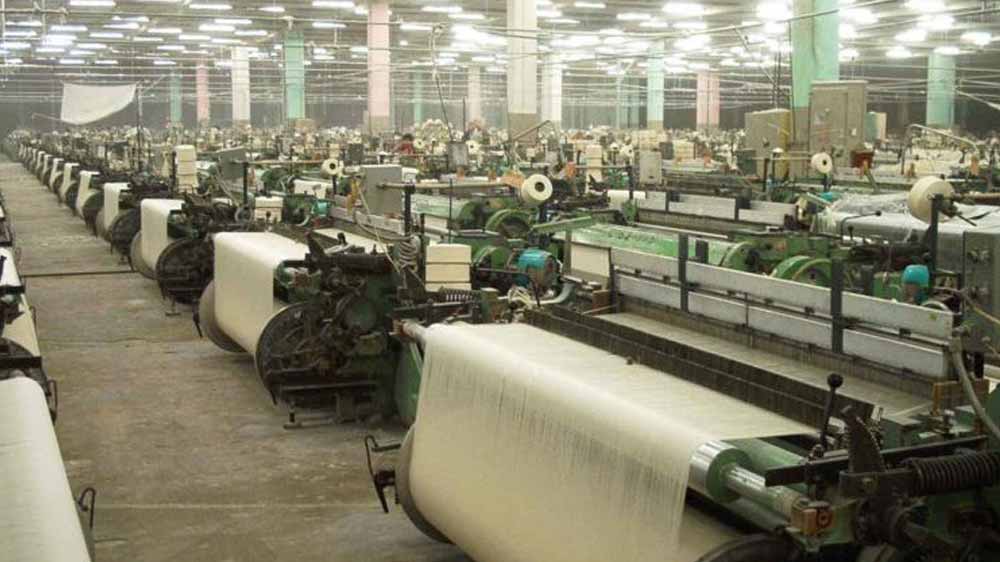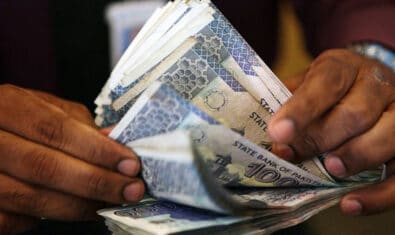Pakistan registered its highest-ever textile exports of $17.67 billion in July-May financial year (FY) 2021-22, depicting a 28.5 percent year-over-year (YoY) increase over $13.76 billion recorded in the same period last year.
Textiles is the only sector that continues to grow and bring foreign exchange to the country, gearing up to close at $20 billion in June 2022 compared to $15.4 billion in June 2021, says All Pakistan Textile Mills Association (APTMA).
According to the Pakistan Bureau of Statistics (PBS), textile exports have increased by 59 percent YoY, soaring from $1.06 billion in May 2021 to $1.69 billion in May 2022.
On a month-on-month (MoM) basis, textile exports have registered a decrease of 3 percent with May 2022 witnessing exports worth $1.69 billion as compared to exports of $1.74 billion in the previous month.
The sector has charted a remarkable performance in the past year. However, despite this progress, the gas/RLNG supply to the Punjab textile sector, which was at only 25 percent of required volumes (50 percent of August to November’s actual consumption), was shut down two days prior with the guarantee that the supply would be restored on the morning of Friday 3rd June 2022. However, it has now been stated that the gas/RLNG supply will not be restored for an indefinite period.
The tragedy is that even with a 59 percent increase in textile exports in May 2022 ($1.69 billion) over May 2021 ($1.06 billion), exports are not being given their due importance. Gas/RLNG is being continuously supplied to non-export industries – ceramics, glassware, steel, etc. and not the export sector, against all economic rationale.
The government’s decision to halt the supply of gas/RLNG to exporters is highly illogical as it is a critical input to textiles, the single largest contributor to Pakistan’s exports and the mainstay of Pakistan’s economic future. The sector has sizeable investments in state-of-the-art machinery and high-efficiency generation, with over USD $5 billion worth of investments for expansion and modernization made in the last 1.5 years. The potential losses thus accruing to the shutdown of gas/RLNG supply are phenomenal.
On the contrary, the industry can bring substantial economic benefit from enhanced exports if the stable and consistent supply of gas/RLNG is guaranteed. New plants and expansions completed since November 2021 are still awaiting gas/power supply.
APTMA has strongly urged the government to restore the priority of the export industry and to recognize the immense losses and damage to Pakistan’s economic future this will cause. A loss in production will lead to a further loss of exports and the need for billions of dollars in additional loans, which are already hard to come by. Due to poor quality grid electricity and non-supply of gas/RLNG, mills are operating at less than 75 percent capacity, which if continued will incur a loss of $250-400 million in exports each month.
This has occurred previously and the losses were not and can never be recovered. Furthermore, most mills at present cannot fulfill the energy needs for power or gas/RLNG alone and require both to function. It is important to stress the fact that captives’ gas/RLNG usage is not consumptive but economic, that is, it leads to sustained production, with benefits of employment generation and enhanced exports.
The textile sector requires unwavering support to maintain export-led economic growth, so the sustained provision of energy will have long-term benefits for the country at large. Pakistan cannot afford to have an inefficient export-oriented sector, and the gas/RLNG supply and priority must be restored with immediate effect so that exports and economic growth are able to continue on an upward trajectory.


























